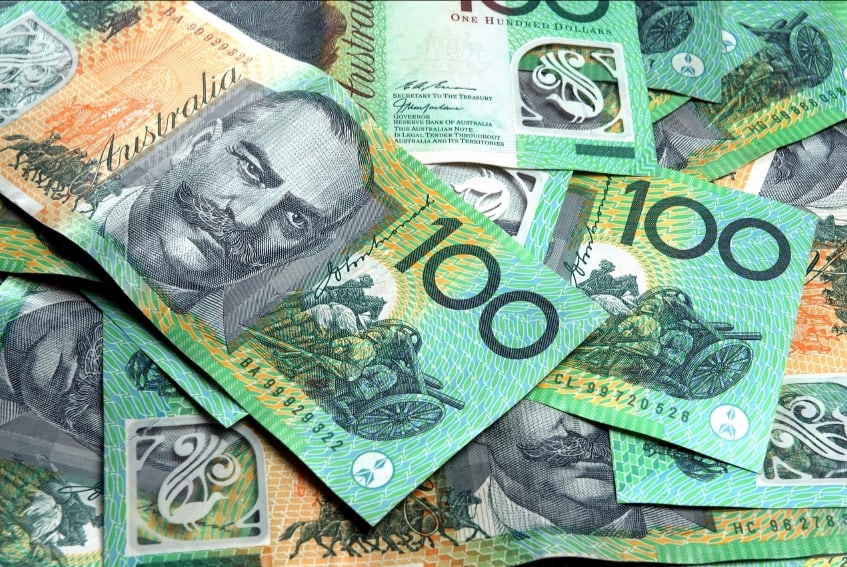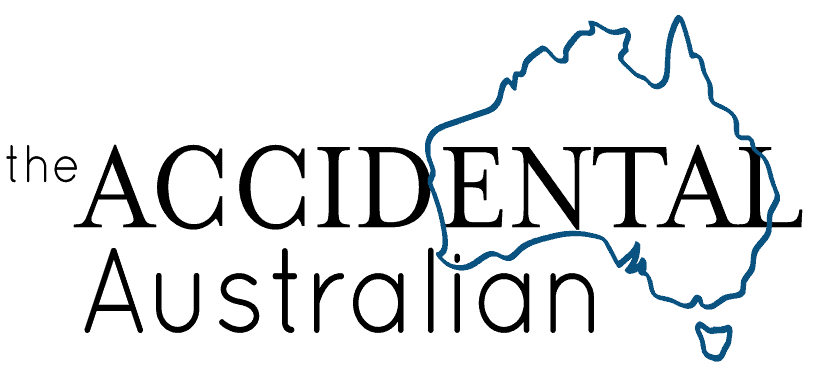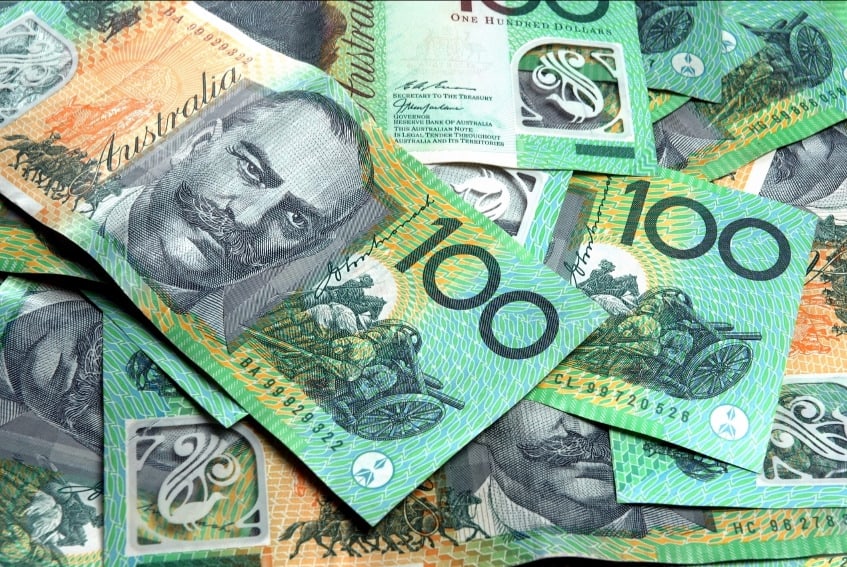
I am very excited to present to you my first ever guest blog here at the Accidental Australian. It’s on a topic I haven’t yet touched on- money. Australian banknotes are in a league of its own, literally- bright colors, partially see through, indestructible, and near impossible to counterfeit.
So, thanks to Peter Lavelle for his guest post!
Peter Lavelle, foreign exchange broker Pure FX
Have you ever opened up your wallet, examined the bank notes and coins therein and thought, “Well, this is all very well for quantitatively standardising the value of goods and services here in Oz, but it’s not much fun is it?” If so, then I’m afraid you would find yourself mistaken. Because, among world currencies, the Australian dollar has one of the most colourful histories of them all.
1. Australia’s coins feature the only two mammals in the world to lay eggs. The 20 cent coin features the platypus, while the 5 cent coin the echidna.
2. Australia invented ‘plastic’ money, replacing its paper notes with polymer notes in 1988 to combat counterfeiting.
3. Australia prints polymer notes for more than 15 other countries, including Mexico, Thailand, Romania, Singapore and Indonesia.
4. In 1963, Australia replaced the ‘Australian pound’ (based on shillings) with a decimal-based system.
5. At the time, more than 1,000 entries were made to name the new currency, including the Royal, Austral and Koala, before ‘Dollar’ was settled upon.
6. When European settlers first arrived in Australia in 1788, a barter system, including rum, was used as currency instead of money.
7. The Australian dollar is the sixth most traded currency in the world, after the US dollar, Japanese yen, euro, UK pound, and Canadian dollar.
8. The Australian dollar appears in 5.0% of foreign currency transactions, compared to the US dollar’s 85.0%.
9. The Australian dollar’s value fluctuates greatly with the price of gold. This is because Australia is the world’s third largest exporter of the precious metal.
10. All Australia’s bank notes are the same height vertically, but measure different horizontally. The $100 bill is the widest, and the $5 the least wide.
11. Bonus point! The Australia dollar is often called the ‘Pacific peso.’ Also, there is no Australian one dollar note- the smallest bill is five dollars.

[contact-form][contact-field label=’Name’ type=’name’ required=’1’/][contact-field label=’Email’ type=’email’ required=’1’/][contact-field label=’Website’ type=’url’/][contact-field label=’Comment’ type=’textarea’ required=’1’/][/contact-form]


a guest blogger? is that someone you know? now know more about Aussie currency than anyone else. Where’s a bar when i need it to use this knowledge? working today . ick but only one more saturday in my future the 1st of december.
a guest blogger? is that someone you know? now know more about Aussie currency than anyone else. Where’s a bar when i need it to use this knowledge? working today . ick but only one more saturday in my future the 1st of december.
I had fun asking Clay if he knew these facts 🙂
I had fun asking Clay if he knew these facts 🙂
It is hard to tell the difference between 10 dollar bill and 100 dollar bill at night club. The colors look almost identical without good lighting. I have received 100 dollars tip as a result of this.
It is hard to tell the difference between 10 dollar bill and 100 dollar bill at night club. The colors look almost identical without good lighting. I have received 100 dollars tip as a result of this.